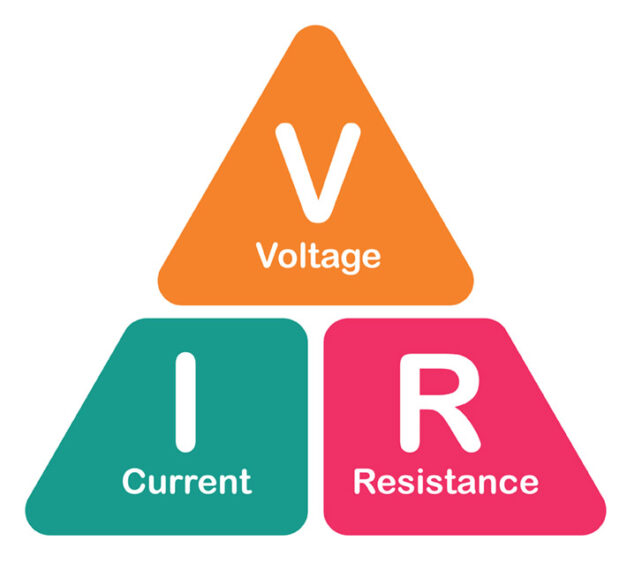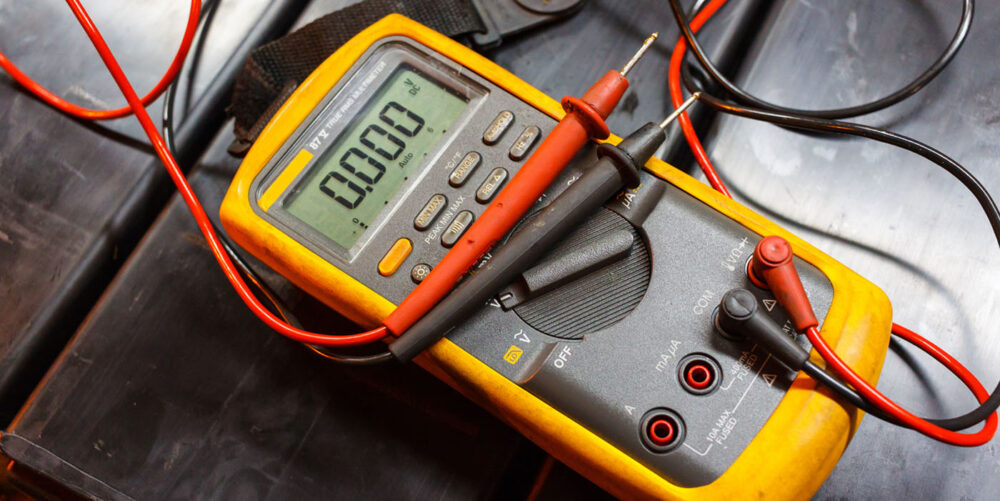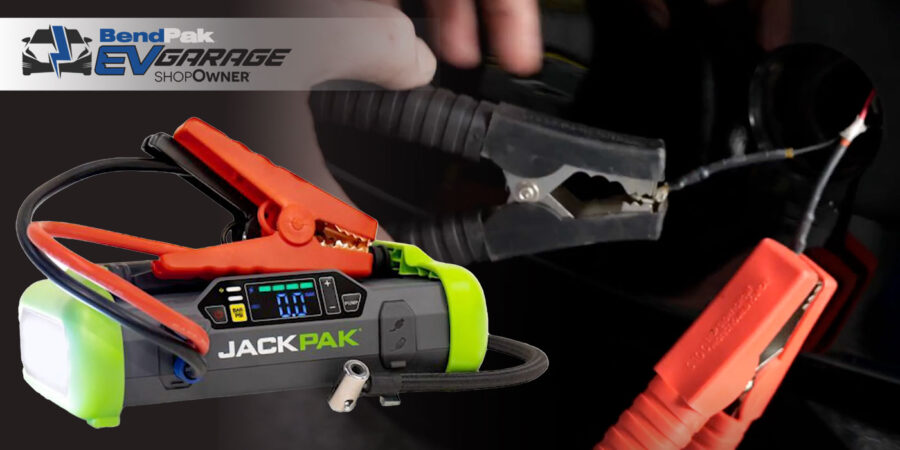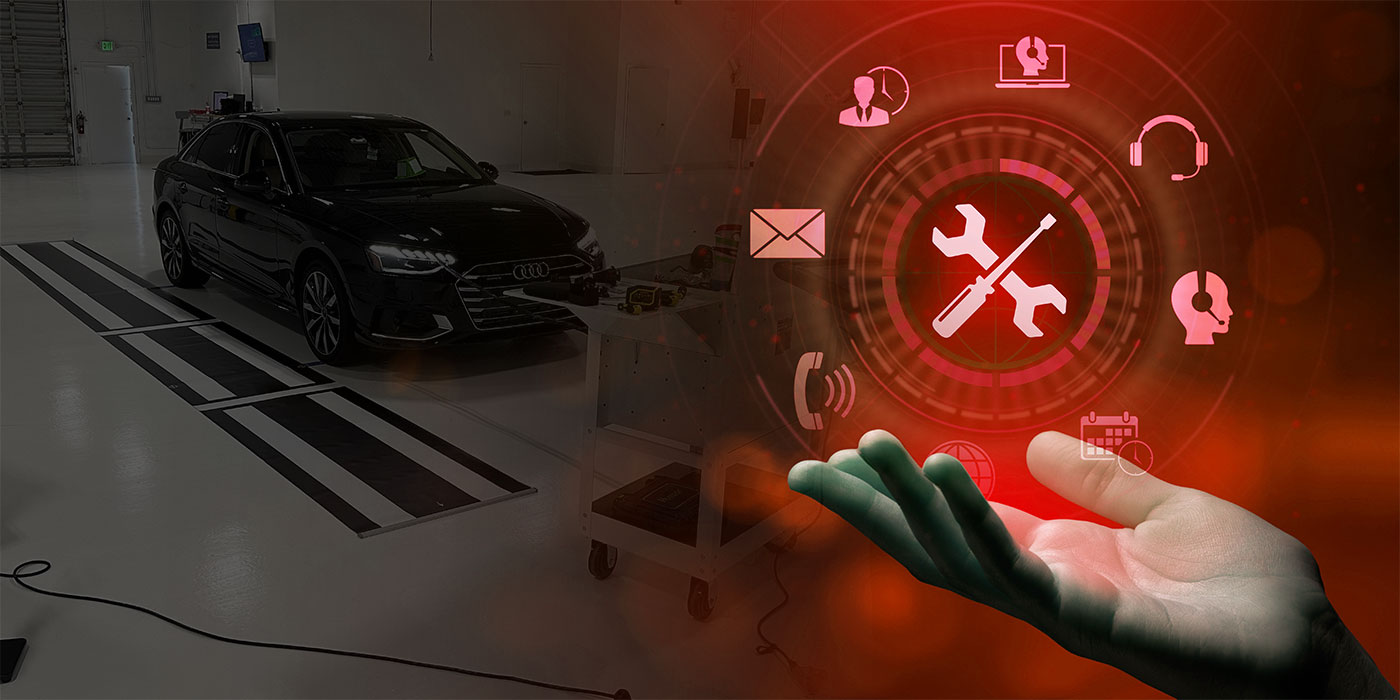There’s a lot more talk these days about multimeters, likely due to the growing need for battery-electric vehicle (BEV) and hybrid-electric vehicle (HEV) service. CAT III is the buzzword, as we’ve all learned that the multimeter we’ve had for years might not be rated to handle the high voltage of an EV. What we don’t often talk about is their accuracy.
In general, when I hear the term multimeter, I think of a digital volt ohm meter, or DVOM for short. As long ago as the ’80s may seem, when I got my start in automotive repair, a DVOM was already becoming a critical piece of equipment for the newly christened career of auto technician.
Previous to the DVOM, a multimeter was an analog piece of electrical testing equipment, so when they were superseded in the field for the modern, more accurate piece of equipment, the DVOM became known for accuracy and precision, and it has been somewhat of an assumption ever since. But how accurate are they and how accurate do they need to be?
Let’s roll back the clock a little more to paint a clear picture of accuracy and the importance of it.
The Past
Fifty years ago, mechanics rarely used more than a test light for the majority of all electrical problems on a car. As ludicrous as that may sound today, automotive electrical systems of the time were extraordinarily simple.
Practically every component operated off 12 volts, and about the only things that didn’t were blower motors and dash lights that incorporated resistors or rheostats in their circuitry. And those were simple. Sure, we needed to know battery and charging system voltage, but almost every shop had a battery load tester with a built-in analog voltmeter. If all else failed, your battery hydrometer told the full story anyhow.

So how is it we could get away with just a test light? There are two reasons. One is Ohm’s law, the formula used to calculate the relationship in an electrical circuit between voltage, current and resistance. Knowing Ohm’s law is knowing electricity. If you don’t know it, when you’re done with this article, go straight to Ohm’s Law. Don’t pass go. Don’t collect $200.
The electrical relationships taught to us by Ohm’s law are “visible” every time we use a test light. When you use a test light frequently, you get used to the intensity of the bulb, and prior to performing circuit tests, the first thing we do is connect it to the battery terminals. Doing this not only confirms battery voltage by the intensity of the bulb, but it also gives us a quick reminder for comparison.
You can use your test light to check for power, ground, voltage drop, battery drain and more, just by looking at the bulb. It’s all because of Ohm’s law and knowing how the things happening in a circuit affect the intensity of the bulb.
The other reason we got away with just a test light was if you were missing a tenth of a volt here or there, it really didn’t matter. Everything still worked! But that was then. All of a sudden, there were computers. Modern electronics changed everything, and this is now.
We began to utilize our DVOM for accuracy on a different level. We began to deal with low-voltage reference circuits. We needed accurate current and resistance readings, as well as frequency readings. Suddenly, that tenth of a volt was much more important. So, when we think of our multimeter, we immediately think of accuracy. But here we go again with EVs. Is the accuracy we’re used to good enough for them?
Electrical Diagnostics
Before I get more specific about the accuracy required, let’s visit the topic of electrical diagnostics. The majority of all electrical problems are caused by higher than normal resistance (HTNR). This takes us back again to the relationships we know from Ohm’s law. Rarely does anyone use the term HTNR, but we should more often. This one simple idea has caused more headaches for technicians in the past than any other.
How many times have you heard of an electrical component being replaced, but the problem is still present or comes back in a very short period of time? How many times have you made that mistake? We’re all human. I have.
Often the problem gets blamed on the component, but the component isn’t the problem. It’s HTNR. Check the related circuits carefully and you’ll find the problem.
DVOM vs. Milliohm Multimeter
Now that Ohm’s law and HTNR will haunt you in your dreams tonight, it’s time to compare a traditional DVOM, like the one we’ve all had for years, to a milliohm multimeter, the more accurate piece of equipment required for electrical diagnosis on EVs and HEVs.
Any multimeter measures resistance by applying a small amount of current to the circuit, then measuring the voltage drop across the points of the circuit. The meter then uses Ohm’s law with the known current and the voltage drop to calculate resistance.
A traditional DVOM typically measures resistance down to a tenth of an ohm (.1 ohm), which for many years was sufficient resolution for the level of accuracy we needed. They’re only able to provide this accuracy due to the two-wire method they use for measurement. In a two-wire resistance measurement, the applied current and the observed voltage are both done through the same probes, ultimately limiting the level of accuracy.
Milliohm meters are able to measure resistance down to a milliohm, which is 1/1,000 of an ohm, or .001 ohms. Milliohm meters utilize a four-wire resistance measurement, in which two are used to apply the current to the circuit and two are used for the voltage reading. The leads are positive and negative just as we are used to, but there is a “sense” and a “source” connection for each lead, and they must be connected correctly.
Comparing the two meters, what they do isn’t any different, it’s how they do it. In plain terms, a milliohm meter is used to check for HTNR just like a traditional DVOM, but required when the resistance specification is much smaller than a traditional meter can measure.
They’re required for EV motor and high voltage component diagnostics, which have not only very low specifications, but also very small windows of acceptable variation from specification. These specs are so low that they are very sensitive to temperature variation. Most EV repair manual specs are based on 68 degrees F (20 deg C), and it’s recommended that any EV sits for eight hours in a climate-controlled area for the temperature of the components to stabilize prior to performing diagnostics.
Since even the slightest variance in temperature will affect the resistance of components at this level of precision, some milliohm meters also feature a temperature probe, so the meter is able to compensate for variation and calculate the correct resistance.
Megohm Meter
That should answer the question of accuracy, but while we’re here, let’s take a look at another type of meter you’ll need in the world of EV service: the megohm meter. The high voltage electrical components of an EV are isolated from the vehicle chassis. This is a safety feature and what it means is that if either a positive or negative circuit shorts to the chassis, the vehicle will still operate and there is no risk for shock.
The only way current would be introduced into the chassis would be if both the positive and negative high-voltage circuits shorted to the chassis at the same time, at which point an internal fuse in the battery or service disconnect would blow.
If one of the high-voltage circuits were to short to the vehicle chassis, however, it would trigger a trouble code for a loss of isolation fault. The way the vehicle detects this is through active and passive testing. Active testing is done by the battery control module. Using a resistor network specifically for this test, the internal battery control module tests for loss of isolation every time the vehicle is shut off.
Passive testing is done by the power inverter module, again utilizing a resistor network, but this test is continuously active when the vehicle is powered up. These are important tests, so even the slightest loss of isolation can be diagnosed and repaired.
When you find yourself diagnosing a loss of isolation fault, if it comes down to checking individual circuits, the factory service information will give you the minimum resistance that each circuit should have. A megohm meter, sometimes referred to as an insulation tester, will be required to test these circuits. A megohm meter can output up to 1,000 volts to check the circuit resistance, so it is using the same voltages that the circuits run on.
Not only does a megohm meter output the necessary voltage, but it also reads up to 550 million ohms of resistance, whereas a traditional DVOM may only read 20 to 40 million ohms, depending on the meter. The factory specifications for resistance are very high, and only when you’re using a multimeter that can give you an accurate reading at this range, can you be certain that the circuits are in good condition.
Since a megohm meter will also perform other tests, it utilizes different input jacks and test leads for performing this test. Don’t forget you’ll need to wear the proper high-voltage personal protective equipment when using this meter.
Summary
So, is multimeter accuracy important? It’s a simple answer: yes. Am I going to grab a multimeter to work on a 50-year-old car? Unlikely. But am I going to grab a test light to work on a new car or EV? Never.














